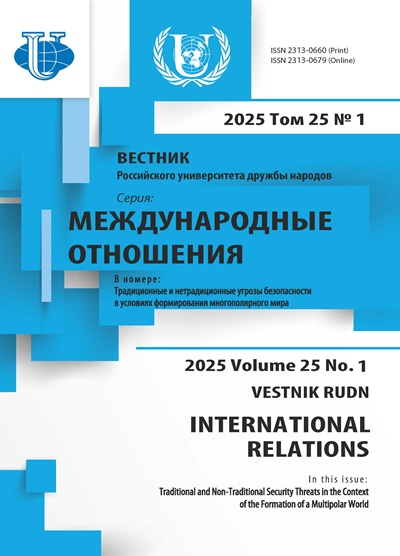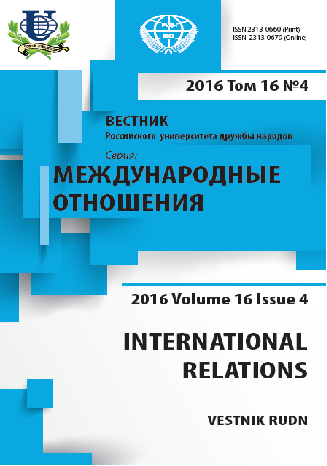Abstract
Indian policy makers have welcomed India’s framing as a ‘rising power’ and celebrated the BRICS initiative as a common front in reforming aspects of global governance. Yet China’s rise in Asia has unsettled the balances of power which have underpinned the region, as a consequence of which India has hesitantly pursued a strategic rapprochement with the United States. Assessing New Delhi’s multilateral and geo-strategic diplomacy, this article argues that India bandwagons with the BRICS on a global level, but seeks to balance China at the regional level. On the global multilateral level, India has common cause with other rising powers in reforming the policies and structures of most international organizations. The exceptions are the United Nations Security Council and the Non-proliferation Treaty, where China and Russia can be qualified as established powers. On the regional level, however, India has maintained ties to Russia and cultivated a strong relationship with the United States in an effort to balance and increase leverage relative to a rising China. This underlines that major power rivalries are strongly mediated by issue area and institutional context.











